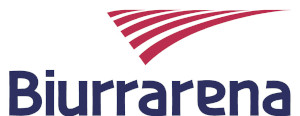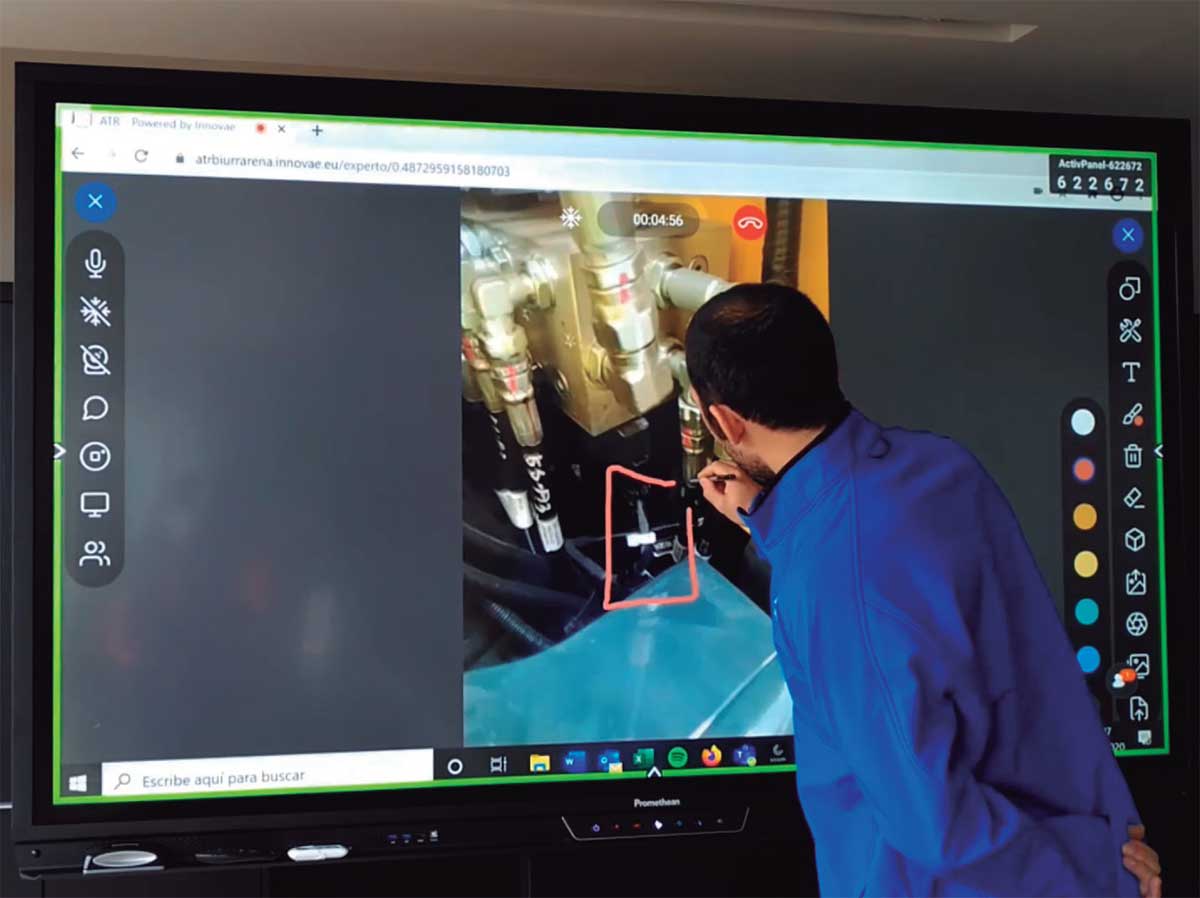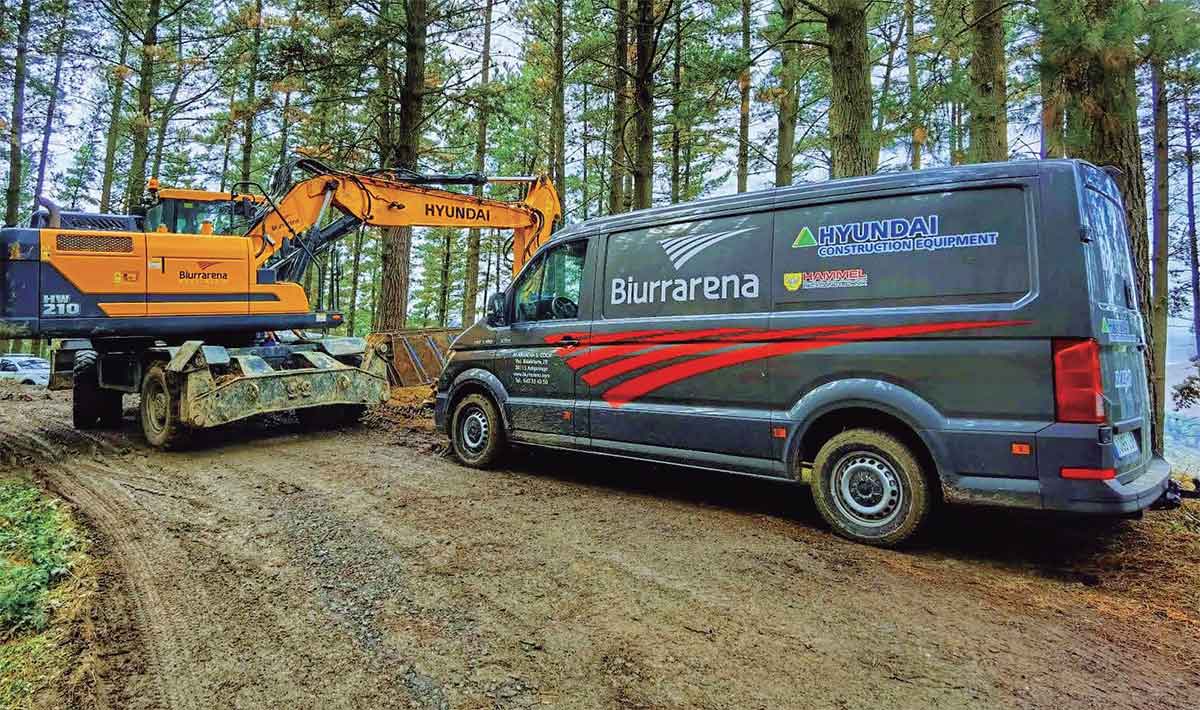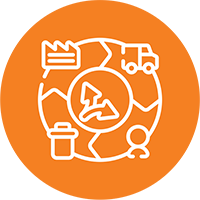NESERCO
CONSTRUCTION MACHINERY SERVITISATION
BIURRARENA IS A COMPANY SPECIALISED IN THE SALE OF CONSTRUCTION MACHINERY, providing warranty service and maintenance services. Renting or leasing machinery for a period of time represents a smaller percentage of the turnover, but the market is increasingly demanding this type of service. Moreover, most of the machines on the market are idle for long periods of time while the owner does not need them, and leasing can increase their utilisation rate.
When pricing leasing equipment, the equipment maintenance costs are usually taken into account and the price is standardised regardless of the intended application. Since the behaviour of each machine is unknown in each operating context, this is the only way to fix the price of leasing without impacting on the distributor, while on the other hand, it prevents the definition of preventive maintenance strategies for the machines, as the needs and/or spare parts required in each piece of equipment after each use are unknown. For NESERCO, BIURRARENA collaborated with IKERLAN Technology Centre.

DRIVING FACTOR


 OBJECTIVES
OBJECTIVES
- Develop a new business model focused on the servitisation of construction machinery, impacting both the use phase and the end of life of the equipment.
- Apply Industry 4.0 to the new business model and relationships between suppliers and customers.
- Strengthen the company’s business and gain competitiveness.
 RESULTS
RESULTS
- Completion of “Life Maps” for critical systems and components for the different types of machines in each operational context. These theoretical maps facilitate a comprehensive assessment of equipment conditions, identifying potential issues linked to early degradation.
- Design of a Machinery Management Model that facilitates the monitoring and study of behaviour, and subsequent decision-making aimed at optimising maintenance strategies and/or upgrading equipment. This facilitates the deployment of servitisation strategies for part of the fleet, incorporating different servitisation scenarios and designing performance indicators to optimise the performance of fleet (leasing, renting, second-sale strategies, etc.).
- Developed a tool/app aimed at improving and strengthening diagnostic and repair processes (fault trees,remote technical assistance, etc.).
- Estimated savings of annual CO2 equivalent emission of 1,200 tonnes.
 CONCLUSIONS
CONCLUSIONS
- The company technicians’ knowledge has been the most reliable and major source of data in structuring and completing the data map, which is the result of integrating data from different origins.
- The After-Sales Management Model provides more value in maintenance contracts, dynamically customising strategies to the actual condition of the equipment.
- The Fleet Management Model focuses on maximising performance throughout equipment useful life and deploying strategies at the level of changes in operational contexts, proposals to incorporate new equipment within a leasing contract, as well as upgrading proposals for a second sale.
- The weight of new sale of high-value equipment is even higher than leasing or other types of contracts linked to availability indicators, etc. NESERCO has identified new opportunities and designed a new management model to complement the sale of equipment.
ENVIRONMENTAL
TECHNICAL
ECONOMIC
COMMERCIAL
ON THE MARKET

